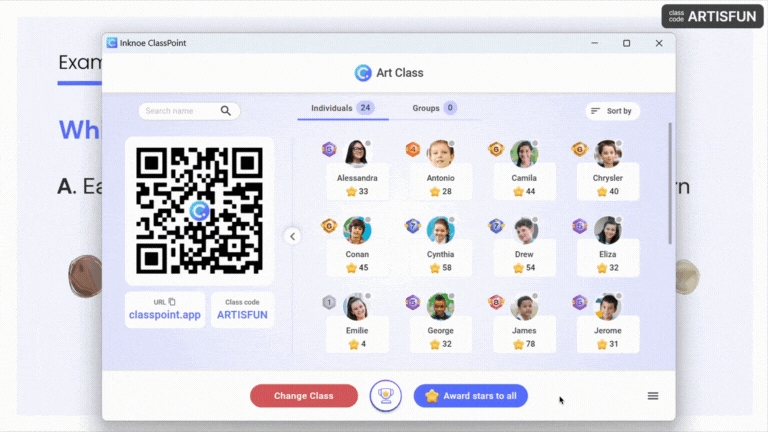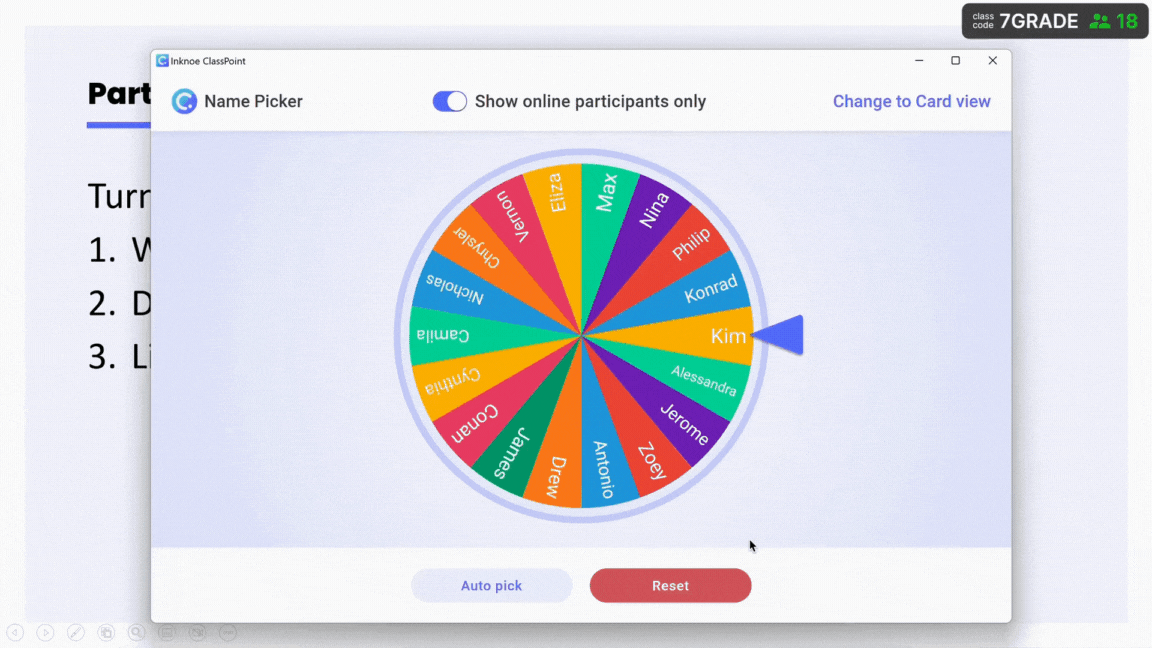Just like any other emotion, there is nothing wrong in feeling shame. The key lies in how it’s used. In the classroom, shame is often avoided to protect student self-esteem. But when guided with care, it can actually foster growth.
Reintegrative shaming, a concept introduced by professor and criminologist John Braithwaite, offers a way to address misbehavior without damaging your student’s sense of self. It focuses on the action, not the person, allowing you to express disapproval while still affirming your student’s value in the classroom.
Instead of isolating them, this approach encourages reflection, accountability, and reconnection. It also builds empathy, strengthens relationships, and supports emotional development, making it a valuable strategy for today’s classrooms.
Why It Matters in Education
Contrary to popular belief, traditional discipline methods like corporal punishment, suspensions, and other exclusionary measures are not effective in changing student behavior.
Research shows that these approaches often increase the likelihood of behavioral problems over time. Students subjected to harsh punishment may feel rejected, or worse, disconnected from their learning environment. Instead of promoting accountability, punitive discipline can lead to resentment, and further disengagement.
On the other hand, reintegrative shaming provides a restorative alternative. It allows educators to correct behavior while maintaining a student’s sense of value and connection.
Unlike disintegrative shaming, which stigmatizes and isolates the individual, reintegrative shaming focuses on the act, not the person, and aims to reinvolve the student in the community. When your students feel supported rather than judged, they are far more likely to bounce back, make amends, and create lasting change.
To learn more about classroom behavior management, read this list of 8 actionable tips.
Key Principles in the Classroom
To implement reintegrative shaming effectively in your classroom, here are key pointers to consider:
- Separation of behavior from identity: Address the action, not the student’s character. Use language that separates who the student is from what they did. For example, say “That choice was hurtful” instead of “You are mean.” This helps your students understand their mistakes without feeling labeled or shamed as a person.
- Empathetic expression of disappointment: Let your students know that while their behavior was unacceptable, you still believe in their ability to do better. According to John Braithwaite, people are more likely to change out of concern for shame than fear of punishment. The goal is to convey disapproval without rejection.
- Reintegration into the classroom community: Reintegration is the heart of this approach. After accountability comes restoration. Make it clear that your student is still a valued part of the classroom. Teach and model the behavior you expect, reinforcing that mistakes are opportunities for growth, not reasons for exclusion.
To delve deeper into proven effective classroom management strategies, check out this guide.
Not sure where to start? Here are five practical strategies you can use to apply reintegrative shaming in your classroom:
| Strategy | Purpose | What It Looks Like |
|---|---|---|
| 1. Use restorative language | To de-escalate conflict and promote reflection | Use calm, non-judgmental language. Ask questions like “What were you trying to achieve?” to guide your students toward accountability. |
| 2. Guide peer mediation | To build empathy and student-led conflict resolution | Teach your students to listen actively, express feelings respectfully, and work together to repair harm. |
| 3. Partner with parents | To ensure consistency across school and home environments | Share restorative strategies and language with parents through meetings, newsletters, or quick updates. |
| 4. Reinforce positive behavior | To encourage and reward growth, responsibility, and kindness | Use praise, rewards, or ClassPoint’s stars, badges, and leaderboards to celebrate positive actions and create a motivating classroom atmosphere. |
| 5. Create space for reflection | To help your students process behavior and plan how to improve | Use think sheets, journaling, or ClassPoint’s Short Answer tool for real-time or anonymous reflection opportunities. |
1. Use restorative language during conflict
Respond to misbehavior with calm, intentional language that addresses the action without attacking the student’s character. The words we choose can either escalate or de-escalate a situation. Focus on what happened, why it mattered, and how it affected others.
Prompts like “What were you trying to achieve?” or “How do you think your classmate felt?” help shift the conversation from blame to reflection. This approach fosters emotional safety, reduces defensiveness, and opens the door to accountability and constructive change.
2. Guide peer mediation to resolve disputes
Conflicts among your students are inevitable, but they can also be powerful teaching moments. Equip them with the skills to handle disagreements through peer mediation. This process encourages empathy, active listening, and respectful communication.
With teacher support, your students learn to express their feelings, acknowledge harm, and work together to find fair solutions. Peer mediation reinforces the idea that everyone has a role in maintaining a supportive, inclusive, and respectful classroom community.
3. Partner with parents for consistency
Consistent messaging between home and school strengthens the impact of reintegrative practices. Keep parents informed about how you’re approaching discipline through newsletters, parent-teacher conferences, or quick updates.
Share specific strategies or language they can use at home to reinforce the same principles. When your students receive unified guidance from both educators and caregivers, they’re more likely to internalize values like accountability, empathy, and respect.
For educators and parents interested to know more about Gen Alpha, here are 9 crucial characteristics you have to be familiar with.
4. Reinforce positive behavior
Recognize and celebrate moments of accountability, kindness, and emotional growth.
Educator-focused tools like ClassPoint allow you to incentivize good behavior in real-time by awarding stars to individual students or the whole class. You can also create a fun, motivating environment through leaderboards and badges that reward ongoing positive contributions.

5. Create space for reflection
Restorative practices depend on giving your students time to think, feel, and respond. After a conflict, offer structured opportunities for reflection through writing prompts, discussion circles, or one-on-one check-ins.
Use ClassPoint’s Short Answer to gather reflections privately or anonymously, especially for students who may struggle to speak up.
You can also facilitate small group discussions using the Name Picker Wheel to ensure everyone has a chance to share. Reflection turns a mistake into a meaningful learning experience and helps your students re-enter the classroom with a renewed sense of responsibility and inclusion.

For more ideas on facilitating discussion-based assessments, explore our top 5 picks.
Final Thoughts: Going From Harm to Repair Is Possible
Reintegrative shaming acknowledges the discomfort of shame but channels it into a constructive force for growth and accountability. By focusing on the behavior rather than the individual, this approach ensures that students feel disapproval for their actions without being defined by them. Unlike punitive methods that alienate or stigmatize, reintegrative shaming emphasizes reintegration, helping students understand the impact of their choices while affirming their potential to do better.
For educators, embracing reintegrative shaming means moving beyond traditional discipline to prioritize restoration and learning. It challenges us to ask: Are we fostering fear or nurturing growth?
By committing to this restorative mindset, we can transform moments of harm into opportunities for repair, equipping students with the skills to reflect, take responsibility, and contribute positively to their community. In doing so, we create spaces where every student feels valued, supported, and empowered to thrive.
FAQs
What is reintegrative shaming in education?
Reintegrative shaming is a restorative practice introduced by criminologist John Braithwaite. In education, it involves addressing a student’s behavior without attacking their character. The focus is on helping students reflect, take responsibility, and repair harm, while still feeling valued within the classroom community.
How is reintegrative shaming different from traditional punishment?
Unlike traditional punishment, which often isolates or stigmatizes students, reintegrative shaming separates the behavior from the person. It encourages accountability and growth through reflection and empathy, rather than fear or exclusion. This approach fosters long-term behavioral change and stronger relationships.
What’s the difference between reintegrative and disintegrative shaming?
Reintegrative shaming targets the behavior and supports the student’s reintegration into the community. In contrast, disintegrative shaming labels and ostracizes the individual, often leading to alienation and further misconduct. Reintegrative shaming promotes healing and inclusion, while disintegrative shaming can cause lasting harm.
Why is reintegrative shaming effective in the classroom?
Reintegrative shaming is effective because it addresses misbehavior without damaging a student’s self-worth. It builds emotional intelligence, strengthens peer relationships, and supports social-emotional learning. Research shows that students are more likely to change their behavior when they feel supported rather than judged.
How can teachers apply reintegrative shaming in daily classroom practice?
Teachers can use reintegrative shaming by adopting restorative language, guiding peer mediation, involving parents, reinforcing positive behavior, and creating space for student reflection. These strategies help turn disciplinary moments into learning opportunities rooted in empathy, accountability, and community.

